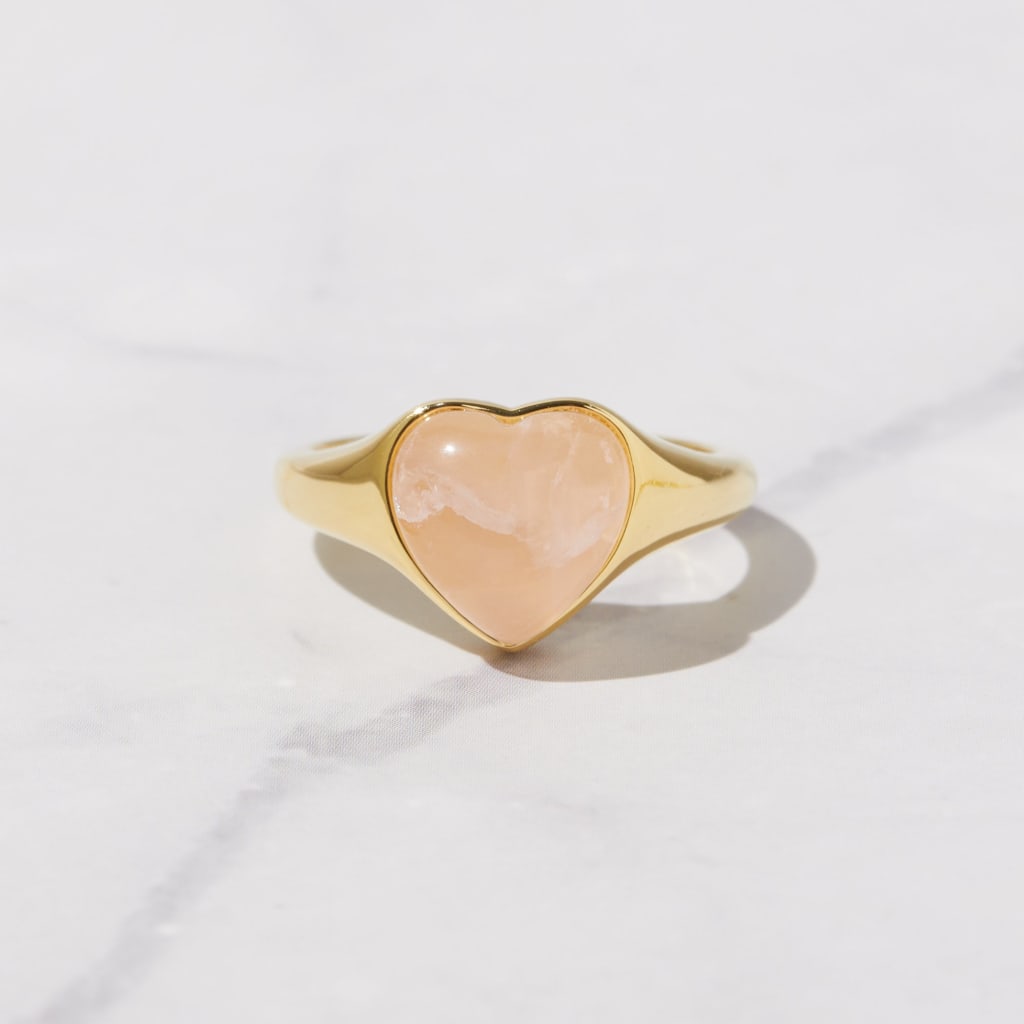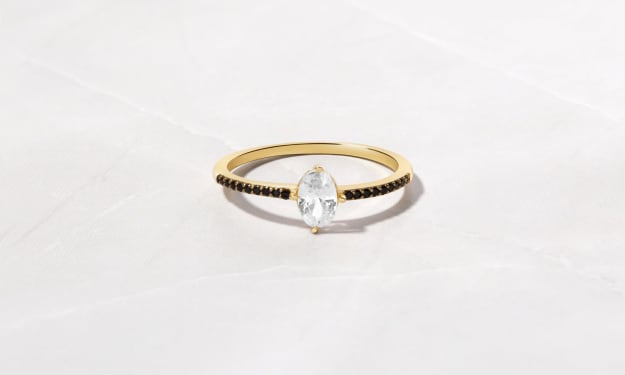Exploring Ancient Techniques in 925 Silver Jewelry Making
Let's delve into some ancient techniques used in 925 silver jewelry making and their enduring impact on contemporary jewelry design.

The art of jewelry making has a rich history, with ancient techniques still influencing modern designs and craftsmanship. 925 silver, also known as sterling silver, is a timeless metal that has been used for centuries to create exquisite jewelry. Let's delve into some ancient techniques used in 925 silver jewelry making and their enduring impact on contemporary jewelry design.
1. Lost Wax Casting
1.1. Ancient Origins
Historical Use: Lost wax casting, also known as cire perdue, dates back to ancient Egypt and Mesopotamia. This technique involves creating a wax model of the desired piece, which is then covered in clay or plaster.
Process: The wax model is melted and drained away, leaving a mold into which molten silver is poured. Once the silver cools and solidifies, the mold is broken away to reveal the finished piece.
1.2. Modern Application
Intricate Designs: Lost wax casting allows for highly detailed and intricate designs, making it popular for creating complex and ornate jewelry.
Custom Pieces: This technique is still widely used today for creating custom and bespoke silver jewelry pieces.
2. Granulation
2.1. Ancient Technique
Historical Use: Granulation is an ancient technique that originated in Mesopotamia and was later refined by the Etruscans. It involves applying tiny granules of silver onto a surface to create decorative patterns.
Process: The granules are carefully placed and then fused to the base metal without using solder, requiring precise control of heat.
2.2. Modern Revival
Detailed Patterns: Granulation is appreciated for its ability to create intricate and delicate patterns. Modern jewelers often use this technique to add texture and detail to their designs.
Artisanal Appeal: This technique is labor-intensive and requires a high level of skill, making granulated jewelry highly valued for its craftsmanship.
3. Filigree
3.1. Ancient Craftsmanship
Historical Use: Filigree work dates back to ancient Greece and Rome and involves twisting and curling thin silver wires to create intricate openwork designs.
Process: The delicate wires are soldered together to form lace-like patterns, often used as decorative elements in jewelry.
3.2. Contemporary Use
Elegant Designs: Filigree continues to be popular for its elegant and airy designs. It is often used in rings, earrings, and pendants to add a touch of sophistication.
Handcrafted Quality: Modern jewelers who specialize in filigree work maintain the tradition of handcrafting each piece, ensuring that each creation is unique.
4. Chasing and Repoussé
4.1. Ancient Techniques
Historical Use: Chasing and repoussé are complementary techniques used to create intricate designs and textures on metal surfaces. These techniques were widely used in ancient Egypt, Greece, and Rome.
Process: Repoussé involves hammering the metal from the reverse side to create a raised design, while chasing refines the design from the front with detailed work.
4.2. Modern Adaptations
Textured Pieces: These techniques are still used today to add depth and texture to silver jewelry. They are particularly popular for creating detailed patterns and reliefs on larger pieces like bracelets and pendants.
Artistic Expression: Chasing and repoussé allow for a high degree of artistic expression, making each piece a unique work of art.
5. Enameling
5.1. Historical Significance
Historical Use: Enameling involves fusing powdered glass to metal at high temperatures to create colorful and durable designs. This technique has been used since ancient Egypt and was refined during the Byzantine era.
Process: The enamel powder is applied to the silver surface and then fired in a kiln, resulting in a glossy and vibrant finish.
5.2. Contemporary Techniques
Colorful Designs: Enameling is used to add color and intricate designs to silver jewelry. It is especially popular for creating vibrant and eye-catching pieces.
Durability: Modern enameling techniques ensure that the colors remain bright and resistant to wear, making it a durable option for everyday jewelry.
6. Inlay and Overlay
6.1. Ancient Methods
Historical Use: Inlay and overlay techniques involve embedding pieces of material, such as gemstones or other metals, into the surface of the silver. These methods were used by ancient civilizations, including the Egyptians and Native Americans.
Process: Inlay involves setting materials into carved-out recesses, while overlay involves soldering or fusing a layer of material on top of the silver.
6.2. Modern Applications
Custom Inlays: Jewelers use these techniques to create custom designs with gemstones, contrasting metals, or other decorative elements.
Rich Textures: Inlay and overlay add rich textures and visual interest to silver jewelry, enhancing its overall aesthetic appeal.
Conclusion
The ancient techniques of 925 silver jewelry making continue to influence modern design and craftsmanship. From the intricate patterns of granulation and filigree to the vibrant colors of enameling, these time-honored methods add depth, detail, and character to contemporary silver jewelry. By embracing these ancient techniques, modern jewelers can create pieces that are not only beautiful and unique but also rich in history and tradition. Whether you are a jewelry enthusiast or a budding artisan, exploring these ancient techniques can provide inspiration and a deeper appreciation for the art of silver jewelry making.
About the Creator
Enjoyed the story? Support the Creator.
Subscribe for free to receive all their stories in your feed. You could also pledge your support or give them a one-off tip, letting them know you appreciate their work.





Comments
There are no comments for this story
Be the first to respond and start the conversation.